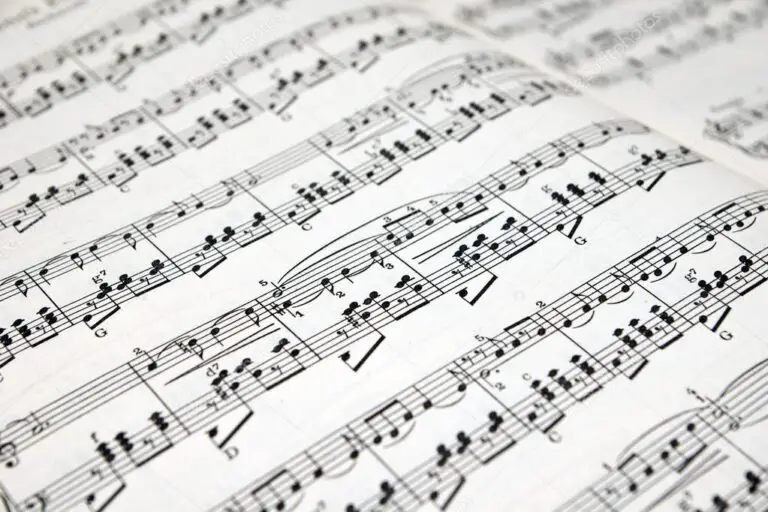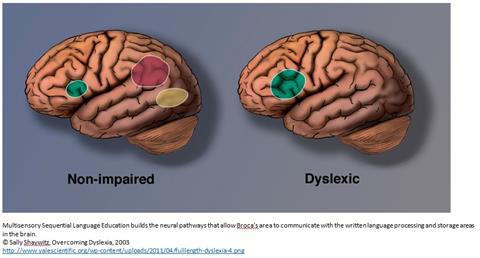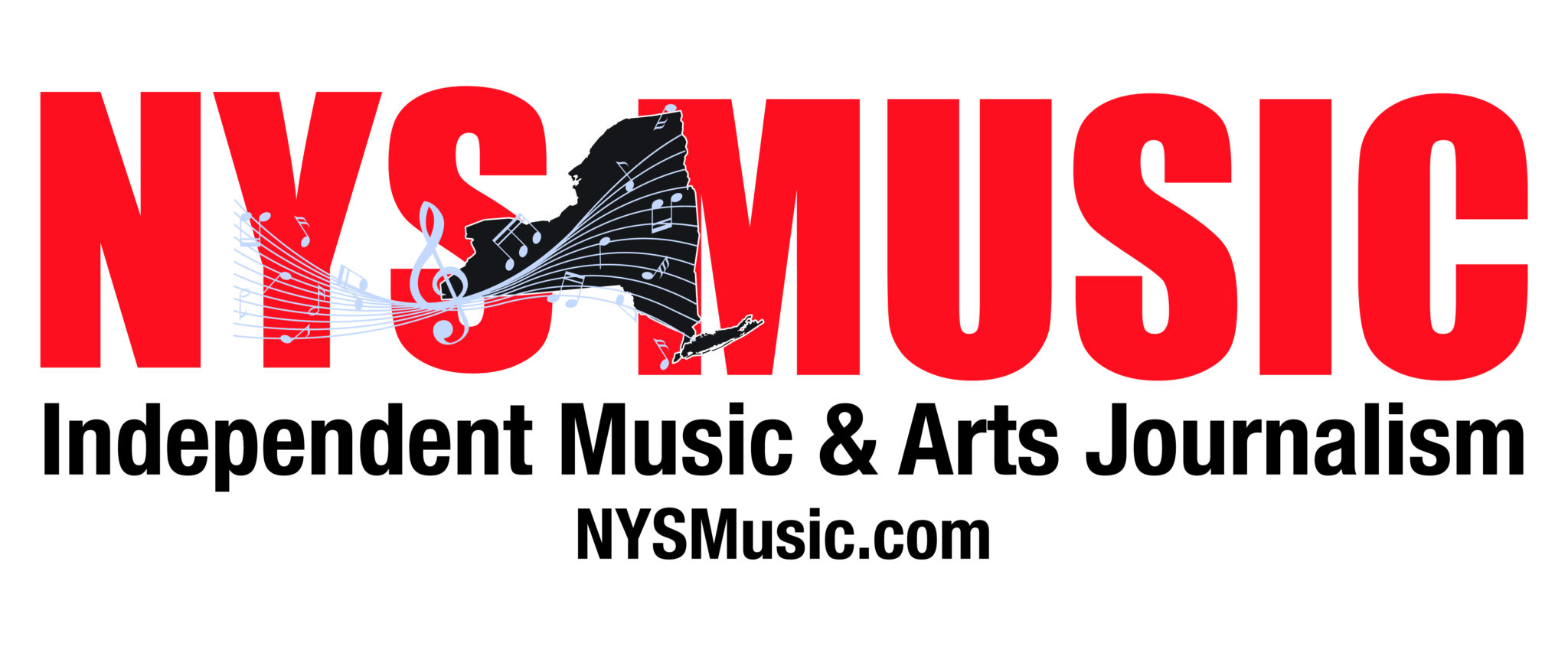Musical Dyslexia could help explain why some musicians prefer reading sheet music vs why others prefer learning new material by ear according to a Neuroscience article. The evidence pointing towards musical dyslexia could help identify why musicians prefer and excel in one learning style vs the other.

Dyslexia is a widely known learning disorder. Individuals afflicted with it have a difficulty reading due to problems identifying speech sounds and learning how they relate to letters and words also known as decoding. People with Dyslexia are able to read; they just have trouble identifying all the subtitles within the written word for no fault of their own. Researchers have debated the underlying causes and treatments for dyslexia but the predominant theory is that people with dyslexia have a problem with phonological processing which is the ability to see a symbol (a letter or a phoneme) and relate it to speech sounds. Unfochanitly dyslexia is difficult to diagnose because many people afflicted with it adapt to it well enough to blend into society but it is thought to occur in up to 10% of the population.
It’s been known that dyslexia could affect the reading of non-language symbols like dyscalculia is the difficulty reading and understanding mathematical symbols. Although recent research supports the fact dyslexia and dyscalculia as separate conditions with unique causes they definitely are similar conditions. If the brain can process words and mathematical symbols differently, then it leaves the question of why not musical symbols too?
To understand how musical dyslexia could work one has to understand how reading music works. Western music uses a coding system which allows it to be written down and transmitted from composer to performer. The differences between reading music vs language is the uses of a spatial arrangement for pitch in music. The page is divided into staff of five lines each. Basically, the higher a symbol is placed on the staff, the higher the pitch. Unlike letters in text, pitches can be stacked, indicating simultaneous performance (chords). This is often shown using a system of symbols to indicate how pitches should be played which is another difference in music vs written language. Symbols can indicate duration (rhythm), volume (dynamics) and other performance cues. Music also utilizes written words to indicate both the expressive features of the music and the lyrics in vocal music. Lyrics may be in languages not spoken by the performer. Basically reading sheet music is like reading a language with extra layers added.

According to the article on Neurosciencenews.com research has started to imply how specifically musical dyslexia could occur to people. According to the article, “This deficit may be centered on pitch or musical symbols or both. No conclusive case of musical dyslexia has yet been reported (though have come close) and efforts to determine the effects of dyslexia on reading musical notation have been inconclusive.”
Children are taught how to read text at any early age in most western cultures but not always taught to read music. And those that are taught even at a young age aren’t always able to comprehend it and their inabilities to read music are not generally treated as a serious concern. Many gifted musicians are able to function at a professional level purely learning music by ear.
There is a wide range of music reading proficiencies among musicians with some having a very basic understanding to others being able to read music without even really having to think about it or try. This is especially apparent with sight reading (the first performance of a notated piece). Identifying musical dyslexia could help explain why some musicians read well and others don’t. For more information on musical dyslexia read the full article here. For more music science articles by NYS Music click here.


Comments are closed.